Japan trials 4K Ultra HD TV internet streaming
Trials by telecoms provider NTT West are part of efforts for full 4K and 8K services by 2020, and Japan's plan to lead world adoption of Ultra HD
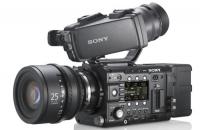
Japanese telecoms company NTT West is this week trialling technology designed to allow 4K ultra-high definition TV to be streamed over the Internet.
Using new compression technology, the trial – which ends tomorrow – is designed to prove the feasibility of streaming content into domestic set-top boxes, thus overcoming one of the major stumbling blocks for 4K TV.
EXCLUSIVE: Sony 4K TV review
The compression works by analysing the signal and transmitting information about changes between frames, rather than having to send each frame in its entirety. This enables large amounts of data to be discarded while retaining the integrity of the image.
Current HDTV broadcasting uses the H.264/MPEG4 codec, but 4K TV would be too data-hungry for transmission using this system.
The H.265 High Efficiency Video Coding (HEVC) standard, adopted by the International Telecommunication Union at the beginning of this year, offers double the compression of H.264, and can support TV resolutions up to 8K UHD, with resolutions up to 8192×4320 pixels.
POSTED 25.04.13
Get the What Hi-Fi? Newsletter
The latest hi-fi, home cinema and tech news, reviews, buying advice and deals, direct to your inbox.
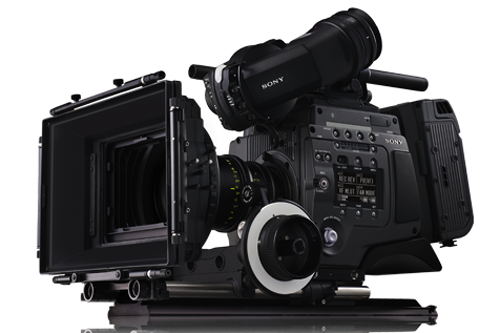
4K and 8K Ultra HD is the way Japan's planning to get its TV industry back on top.
That's the message from a development partnership between leading Japanese manufacturers and broadcasters, due to be set-up next month.
The alliance is a response to the lead manufacturers outside Japan have in 4K Ultra HD TV: LG already has 4K TVs on sale in Korea, and Samsung's 84in 4K flagship (below), the S9, is arriving in London's Selfridges, carrying a price-tag of £35,000, while the 84in Sony KD-84X9005 has only just started shipping to customers in the States.
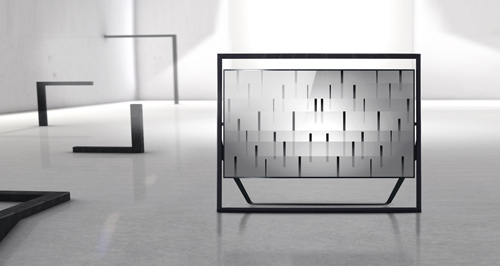
A total of 21 broadcasters, telecoms companies and electronics manufacturers will come together with the aim of getting 4K and 8K services up and running on a commercial basis by 2020.
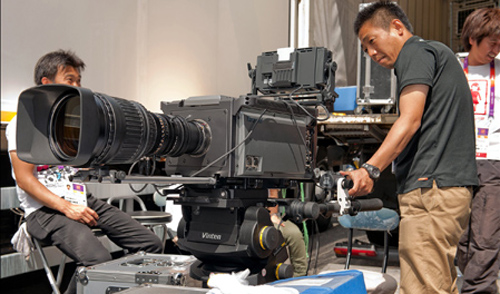
Public broadcaster NHK demonstrated the 8K technology at last year's London Olympics, and is one of the leading partners in the alliance, along with TV manufacturers Sony and Panasonic, while others involved include satellite TV company Sky Perfect JSAT, telecoms provider KDDI, Toshiba, Fujitsu and NEC.
The group also hopes that, by getting Japan back ahead of the game in Ultra HD TV production, transmission and hardware, Japanese technology can lead the global spread of the technology, thus providing opportunities for the country's beleaguered electronics manufacturers.
There are plans for trial broadcasts next year, in conjunction with the World Cup, and the scheme is being backed by Japan's Internal Affairs Ministry, which last year allocated ¥3.1bn (just over £20m) to the development of Ultra HD TV in Japan.
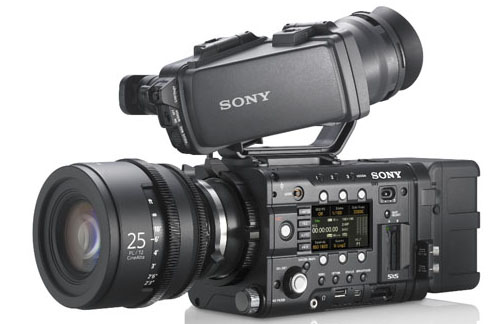
As previously reported, most of Japan's consumer electronics manufacturers are developing 4K TVs, as well as the cameras and other production facilities needed to make programmes. Panasonic and Sony are among the leading manufacturers of 4K camera hardware, with Sony showing a prototype 56in 4K OLED monitor – and announcing a contract to build one of the world's first 4K outside broadcast trucks – at the recent NAB 2013 broadcast industry trade show.
But the issue of how to broadcast 4K TV, which has four times the resolution of current full HD – let alone the even more data-hungry 8K, at 16x the resolution – via existing satellite and terrestrial infrastructure is something the partnership will have to overcome.
At the moment, the best the system in the UK can handle is 720p/1080i, which requires less data even than the Full HD 1080p resolution found on Blu-ray discs, for example, so obviously highly efficient compression will be needed before a service offering multiple channels of Ultra HD can be contemplated.
However, other countries so far have a lead over Japan, which to date has only proved a capability to broadcast 8K over very short test distances on a 'point-to-point' basis. Trial broadcasts of 4K TV started in South Korea six months ago, and just last week satellite services provider SES gave demonstrations of 4K transmissions from one of the Astra satellites using a new coding standard.
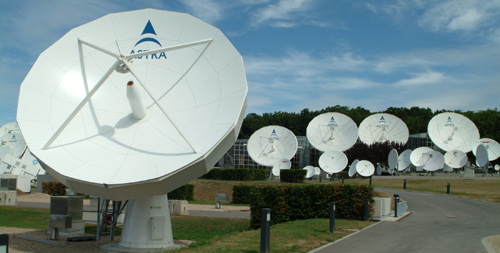
Using the new HEVC standard to broadcast in DVB-S2, SES managed to deliver a 3840x2160-pixel 4K picture using a data-rate of 20Mbps – previous 4K demonstrations have used either MPEG-4 AVC (H.264), or built up the picture from four parallel HD signals.
The HEVC standard offers up to 50% increase in encoding efficiency against H.264, and SES is now hopeful it will become the standard for Ultra HD TV broadcast: it hopes to provide a 24/7 4K test transmission for industry use.
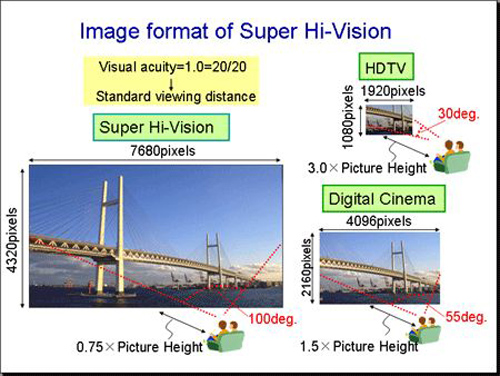
However, given Japan's plan to leap to 8K transmissions by 2020, with a picture resolution of 7680x4320 pixels (and up to 22.2 channels of surround sound in the NHK Olympic demonstrations last year), it's clear even greater technical challenges face the TV industry.
Written by Andrew Everard
Andrew has written about audio and video products for the past 20+ years, and been a consumer journalist for more than 30 years, starting his career on camera magazines. Andrew has contributed to titles including What Hi-Fi?, Gramophone, Jazzwise and Hi-Fi Critic, Hi-Fi News & Record Review and Hi-Fi Choice. I’ve also written for a number of non-specialist and overseas magazines.
